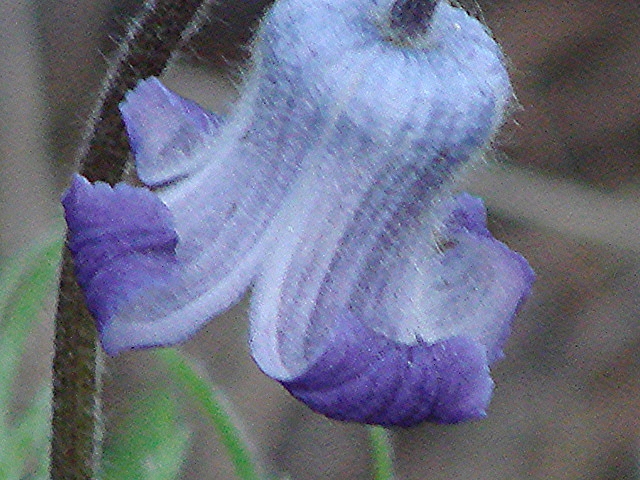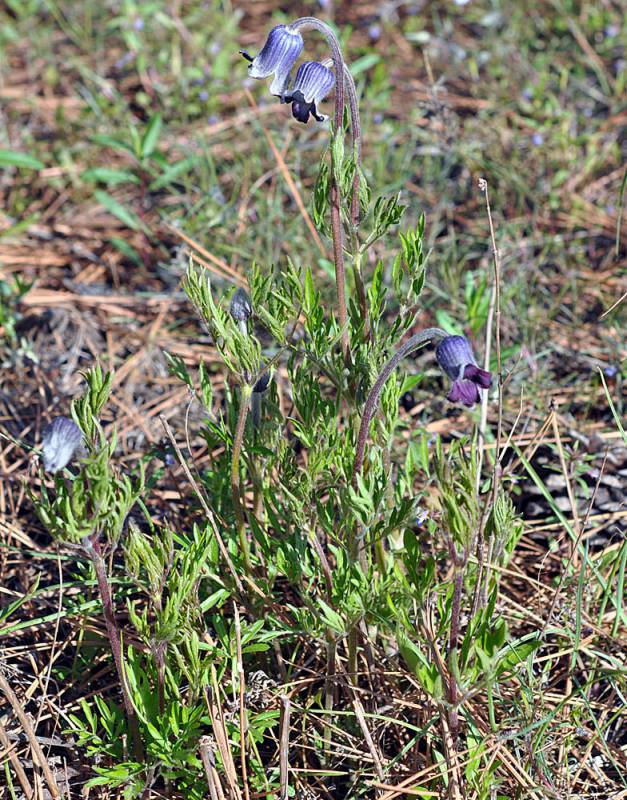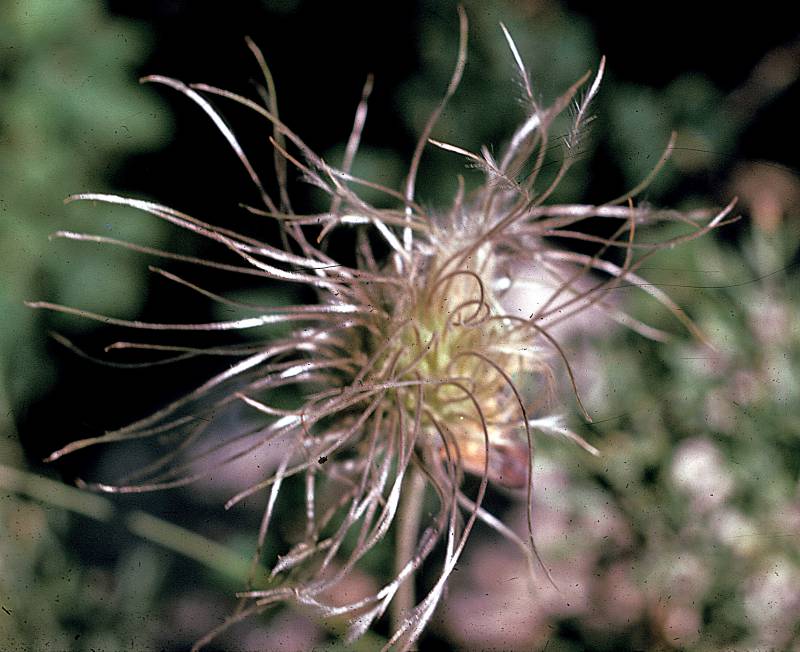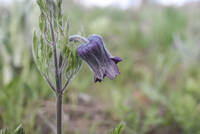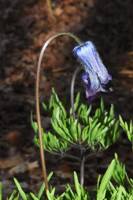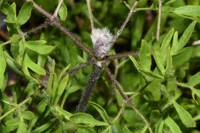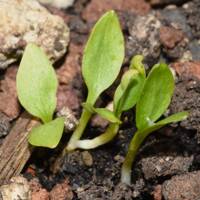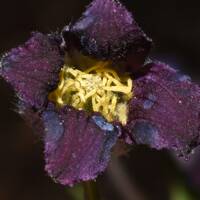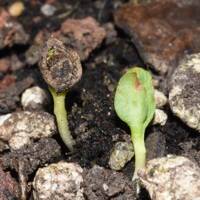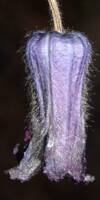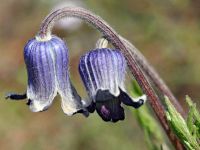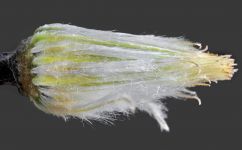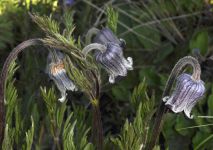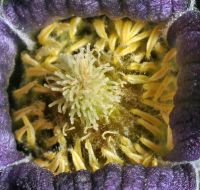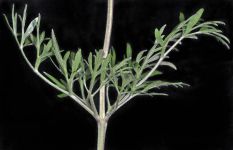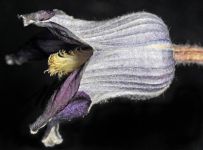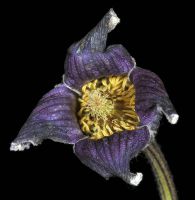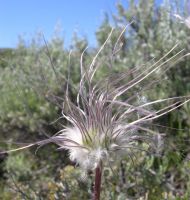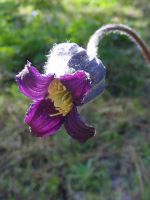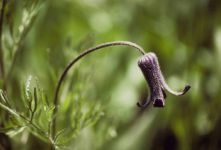Distribution: Occurring east of the Cascades crest in eastern Washington; Washington to Oregon, east to Montana, south to Arizona and New Mexico.
Habitat: Meadows, grasslands, and forest openings.
Flowers: May-June
Origin: Native
Growth Duration: Perennial
Conservation Status: Not of concern
Pollination: Bumblebees, bees, flies
Stems erect, woody, climbing vines to 15-65 cm long, mostly hirsute; Occasionally densely short, nearly glabrous.
Blade 2 or 3 times pinnate; leaflets often 2- several-lobed; If lobed, lateral lobes distinctly smaller and narrower than central position, leaflets/lobes linear to lanceolate, thin; leaf surfaces sparsely to densely silky-hirsute.
Broadly cylindric-urn shaped; sepals blue-deep violet or rarely pink/white, oblong-lanceolate, 2-5cm in length, margins narrowly expanded distally, crisped, tomentose, tips oblong to acute, abaxially usually densely hirsute; terminal inflorescences, flowers solitary.
Achenes: Densely long-pubescent, 4-9 cm, and plumose.
Publication: Fl. Amer. Sept. 2: 385. 1814.
-
var. hirsutissima – Douglas' clematis
 Occurring east of the Cascades crest in eastern Washington; Washington to Oregon, east to Montana, south to Arizona and New Mexico.
Occurring east of the Cascades crest in eastern Washington; Washington to Oregon, east to Montana, south to Arizona and New Mexico.
PNW Herbaria: Specimen records of Clematis hirsutissima in the Consortium of Pacific Northwest Herbaria database
WA Flora Checklist: Clematis hirsutissima checklist entry
OregonFlora: Clematis hirsutissima information
E-Flora BC: Clematis hirsutissima atlas page
CalPhotos: Clematis hirsutissima photos

